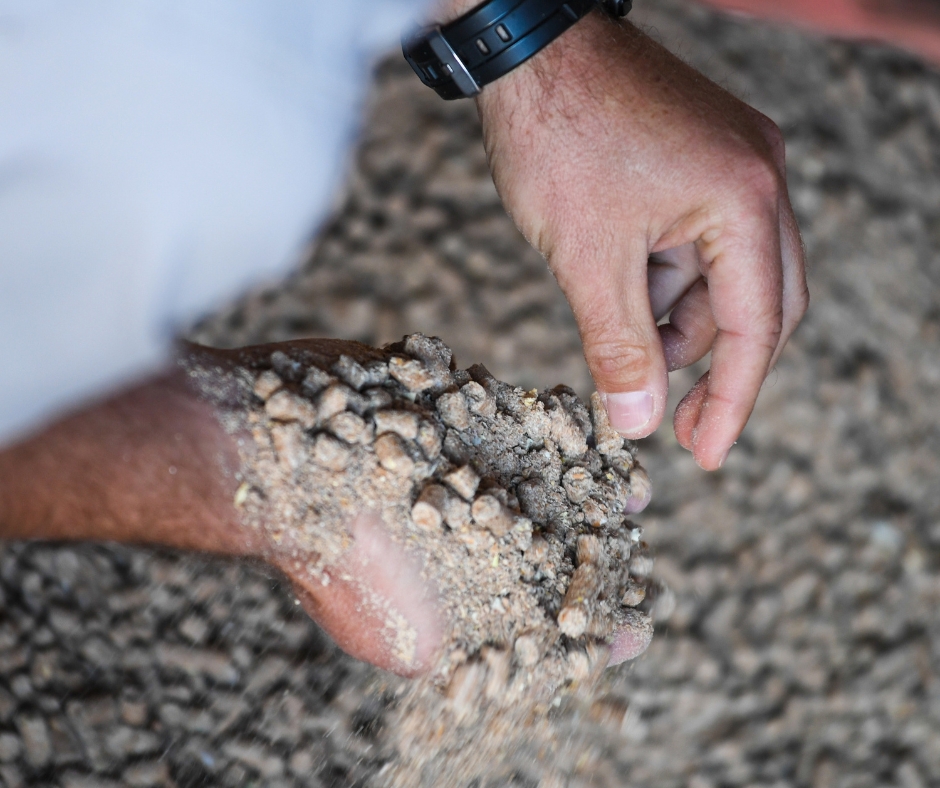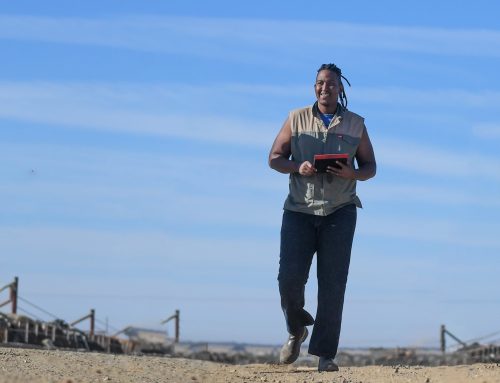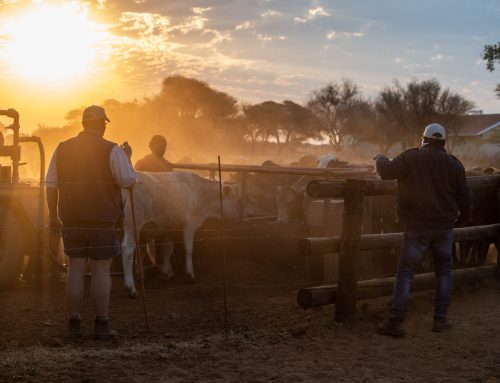December 2022: The agricultural sector has bounced back and proven to be resilient: According to recently released data from Statistics South Africa, agriculture was the biggest contributor to South Africa’s surprise GDP growth of 1.6% in quarter 3 of 2022. This will bode well for farmers as we head into 2023. But, given that the consumer will be under severe pressure in the current higher inflationary environment, farmers will need to act with caution in 2023 – together with other industry stakeholders – to help protect the market.
This is the view of Roelie van Reenen, supply chain executive at Beefmaster Group, one of South Africa’s leading suppliers of specialist beef products to local and global markets.
“Input costs for all food producers have risen dramatically, but it is expected that farmers will still make a sizeable profit if there are no radical events that take place,” says van Reenen. He says that the weaker rand, together with the maize price, has contributed to farmers’ good fortunes in 2022.
Recent news reports suggest that maize prices have reached record highs, above five-year averages, in the second half of 2022, breaching R5000 per ton. Similarly, cattle farmers have also had a good year.
Van Reenen says that this – together with the agricultural sector’s performance in the latter half of the year – will benefit the entire industry and economy and that it is positive news for farmers, who have achieved good results in 2022.
“However, going forward, the entire food value chain will be producing for a consumer that will be under severe financial pressure. We need to look at ways that we can keep our products affordable for the consumer so that we still have a market to produce for,” says van Reenen.
He explains further that maize is one of the cheapest forms of energy and a critical component for the majority of South Africans. “But given the high maize price, the consumer is going to struggle to continue adding these products to their shopping basket,” says van Reenen. “All prices are going up, including transport and electricity, and the consumer will be making decisions that require difficult trade-offs.”
He says this is why it is critical that industry players act with urgency now, and the two important elements that farmers can draw on, or control, during these times, are input costs, as well as managing expenses.
“Things to look at include increasing production and volume of outputs. This can be offset against the rising input costs, and allow farmers to produce cheaper products on a per unit basis; there are advantages in the current environment using economies of scale,” says van Reenen.
He adds that it may also help to re-invest profits back into the business or farming operations.
“It is a good idea to act with caution and plan for tougher times. If we don’t do that, we are going to have a problem. We made the hay during the sunshine, but the sun may not shine going forward,” concludes van Reenen.






